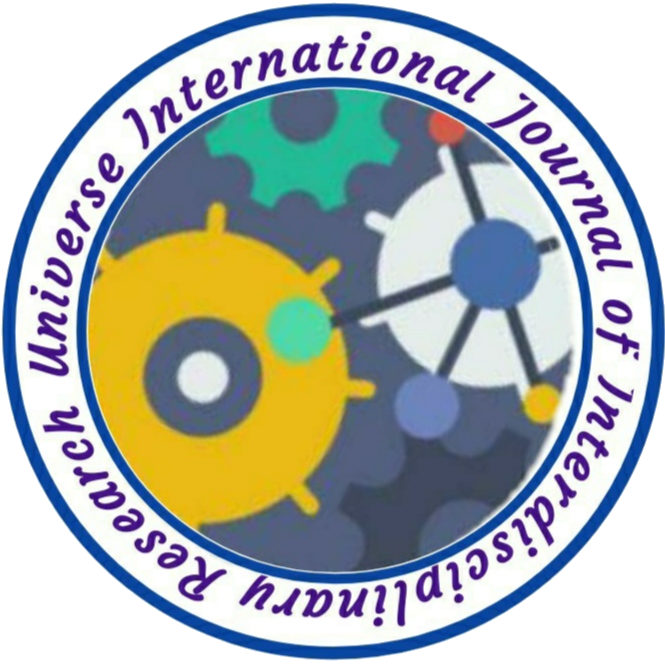PREDICTED MATING FREQUENCIES FOR CALCULATED AND CONTROLLED MASSES AT DISTANT LATITUDES AND LONGITUDES IN RED MILLIPEDES CENTROBOLUS COOK, 1897
Author Name: Mark. I. Cooper
Volume/Issue: 03/05
Country: South Africa
DOI NO.: 08.2020-25662434 DOI Link: https://www.doi-ds.org/doilink/10.2022-62878444/UIJIR
Affiliation:
University of Stellenbosch, South Africa
ABSTRACT
Solutions in the form of simultaneous equations are given for precited mating frequencies (z) from calculated mass (x) across latitude and longitude in red millipedes Centrobolus. The solution to the simultaneous equation z-0.16x+0.32=y-2.46x+34.6 (LATITUDE-MASS-MATING FREQUENCY SIMULTANEOUS EQUATION) was x=-0.43+14.9+0.43y. The solution to the simultaneous equation z-0.16+0.33=w-6.40x-17.63 (LONGITUDE-MASS-MATING FREQUENCY SIMULTANEOUS EQUATION) was x=-0.16z-2.87+0.16w. This generated a further simultaneous equation -0.43z+14.87+0.43y=-0.16w-2.87+0.16x which was solved as x=111+1.0w+2.71y-2.71z where the x was the mass and w, y, and z were longitude, latitude and the mating frequency, respectively. When the northern-most, southern-most, eastern-most and western-most species GPS co-ordinates were substituted into these equations the expected mating frequencies were 15.1 (C. immaculatus), -1.32 (C. dubius), 0.15 (C. promontorius), and 15.1 (C. immaculatus); when mass was explained. The higher expected mating frequencies differing by three orders of magnitude were in the northern-most and western-most species for this genus
Key words: mass, solution. frequency .longitude. latitude

No comment